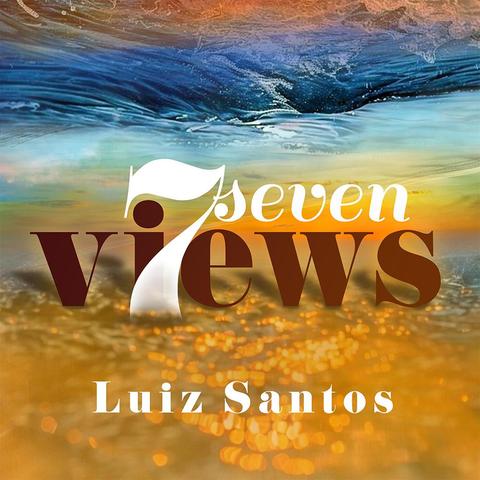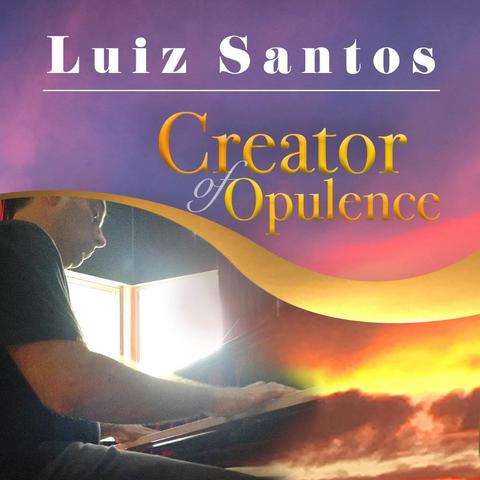Recent searches
Search options
#classical
Els Swingle Singers interpreten Johan Sebastian Bach. Tot de cors daba-daba amb contrabaix i bateria amb base jazzística #music #nowplaying #classical #vinyl #jazz @vinylrecords @classicalmusic https://youtu.be/soZwC7eN8TI?feature=shared
#newmusic2025 “River of Expanse” Part of “SEVEN VIEWS” ! A blissful experience to light up your life!
Get it Now: Luizsantos.com/seven-views #newmusic #jazz #classical #worldmusic #brazilianmusic #latinjazz
Luiz Santos | Ocean Currents, Vol. 1
https://luizsantos.com/album/589121/ocean-currents-vol-1
#Jazz #classical #instrumental #piano #artist #composer
“Fountain of Spirit” Part of “SEVEN VIEWS” ! A blissful experience to light up your life!
Get it Now: Luizsantos.com/seven-views #newmusic #jazz #classical #worldmusic #brazilianmusic #latinjazz #newmusic2025
Scriabine face à Scarlatti, sous les doigts de Julius Asal. Un album empreint de cette délicatesse avec laquelle on compose un bouquet pour révérer un fantôme, voire deux. Cette distance spectrale de deux siècles qui sépare Scriabine de Scarlatti s'efface dans l'impression tenace qu'imposent les teintes quelque peu mélancoliques du rythme de cet album. La Sonate pour piano n. 1 de Scriabine est une merveille circulaire, qui trace une sorte de tournoiement triste autour de celui qui l'écoute, et dont tout le sens résonne par son quatrième et funèbre mouvement.
https://www.youtube.com/watch?v=FH_dl_UiDNc&list=OLAK5uy_n9hSSpN87GkVWzortUpjexaC5g-uV7pbc&index=1
“Emotions of Spring” Part of “SEVEN VIEWS” ! A blissful experience to light up your life!
Get it Now: Luizsantos.com/seven-views #newmusic #jazz #classical #worldmusic #brazilianmusic #latinjazz #newmusic2025
Ergo Phizmiz – Eclipsis
#Alternative #classical #contemporaryclassic #electronic #experimental #jazz #jazzandimprovisedmusic #rock #soundcollage #soundtrack
CC BY-NC-SA (#CreativeCommons Attribution Non Commercial Share Alike) #ccmusic
https://ergophizmizmusic.bandcamp.com/album/eclipsis
New Classical Music Releases on April 11, 2025 | 2025年4月11日新上线古典音乐新专辑 #classical #ClassicalMusic
Johann Sebastian Bach (1685-1750) - Partita Nr. 3 in a-Moll, BWV 827
#musik #klassik #classical #classicalmusic
@music @classicalmusic
https://echostreamz.com/watch?v=Z3xddceqDwA
#newmusic2025 “Divine Motions” Part of “SEVEN VIEWS” ! A blissful experience to light up your life!
Get it Now: Luizsantos.com/seven-views #newmusic #jazz #classical #worldmusic #brazilianmusic #latinjazz
~ Composer of Life by Luiz Santos
https://luizsantos.com/track/1331927/composer-of-life #classical #jazz #art #composer #piano #instrumental
#musik #klassik #classical #classicalmusic
@music
@classicalmusic
https://echostreamz.com/watch?v=Ke8flof_wCg
“River of Expanse” Part of “SEVEN VIEWS” ! A blissful experience to light up your life! #newmusic2025
Get it Now: Luizsantos.com/seven-views #newmusic #jazz #classical #worldmusic #brazilianmusic #latinjazz
♬〜 Antonio Vivaldi - Concerto for 2 Violins in D major, RV 511: II. Largo Vivaldi: Concertos for two Violins
#Classical #Baroque #ChamberMusic #Concerto #ViolinConcerto #NowPlaying
♬〜 Antonio Vivaldi - Cello Concerto in G minor, RV 416: III. Allegro VIVALDI: Cello Concertos, Vol. 4
#Classical #Composer #Baroque #Italian #European #NowPlaying



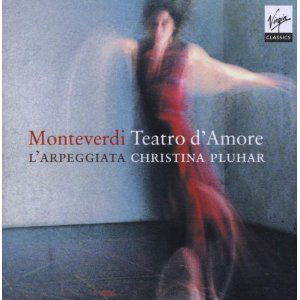
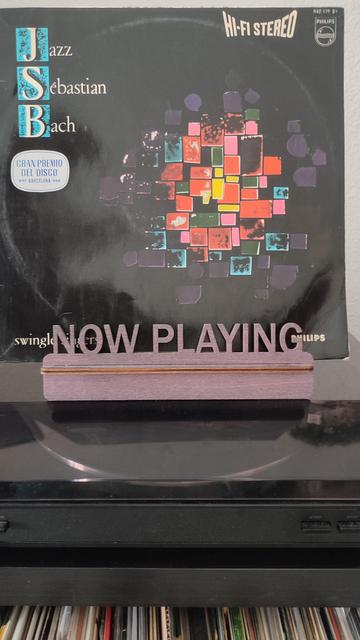
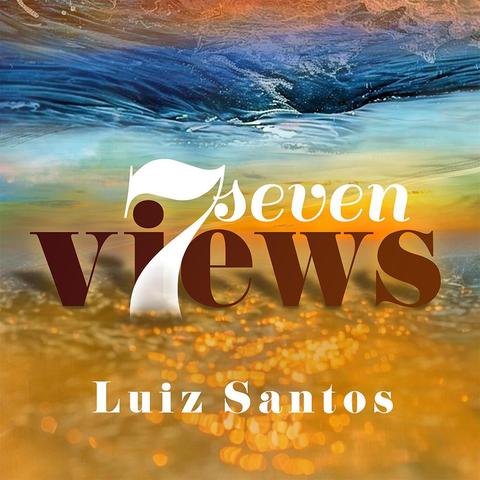

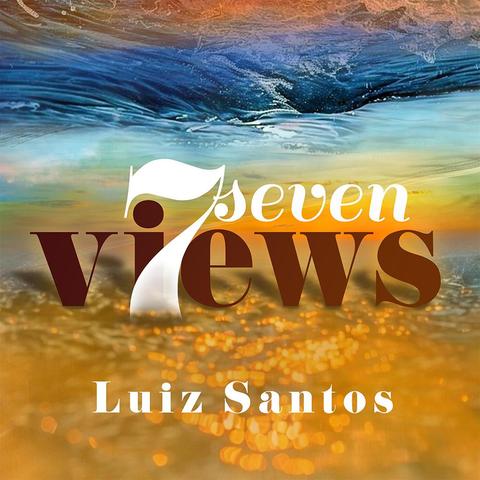
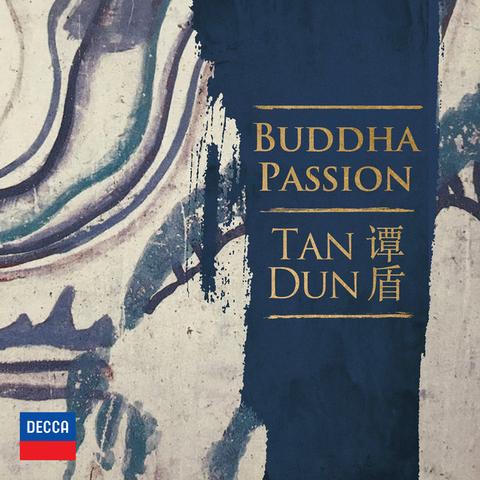

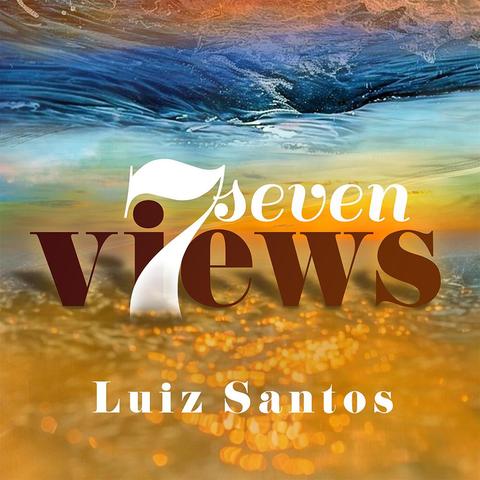
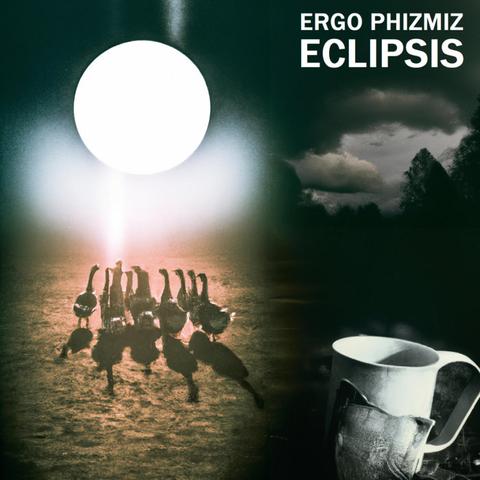
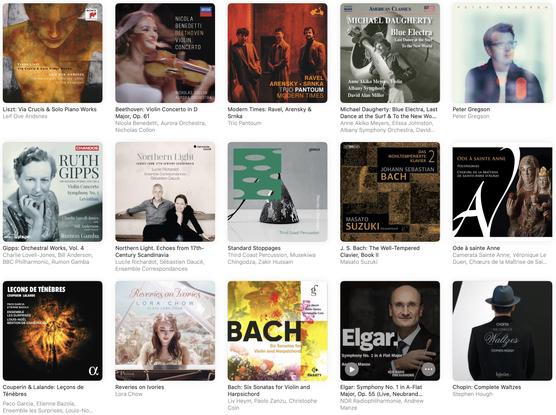
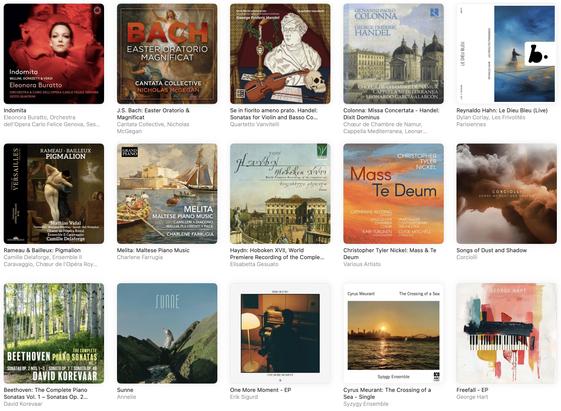
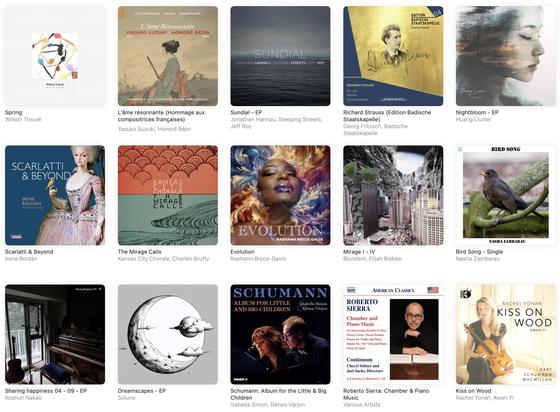
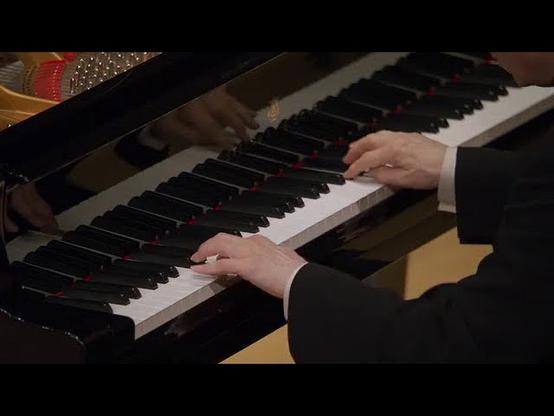
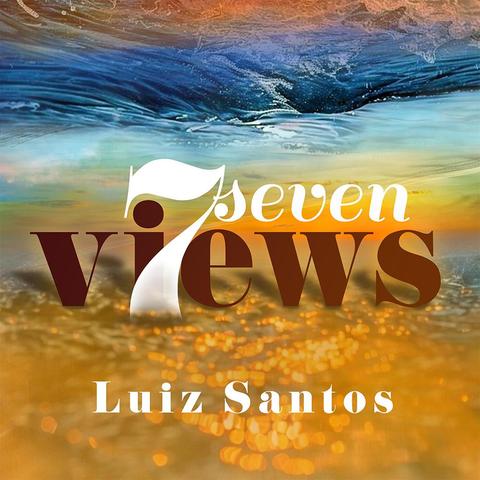
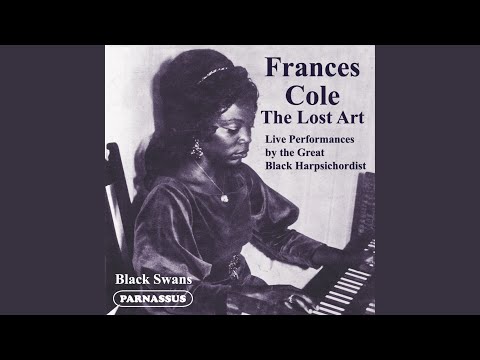

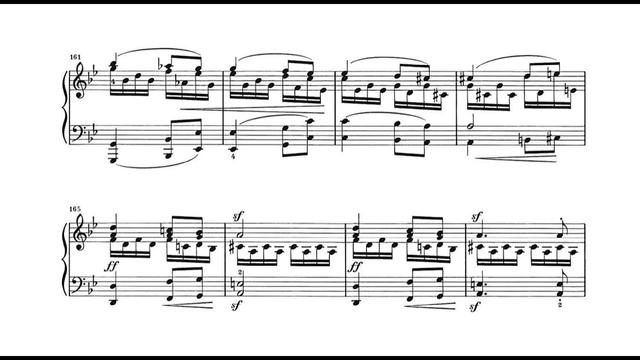
 ARTE Concert
ARTE Concert 
